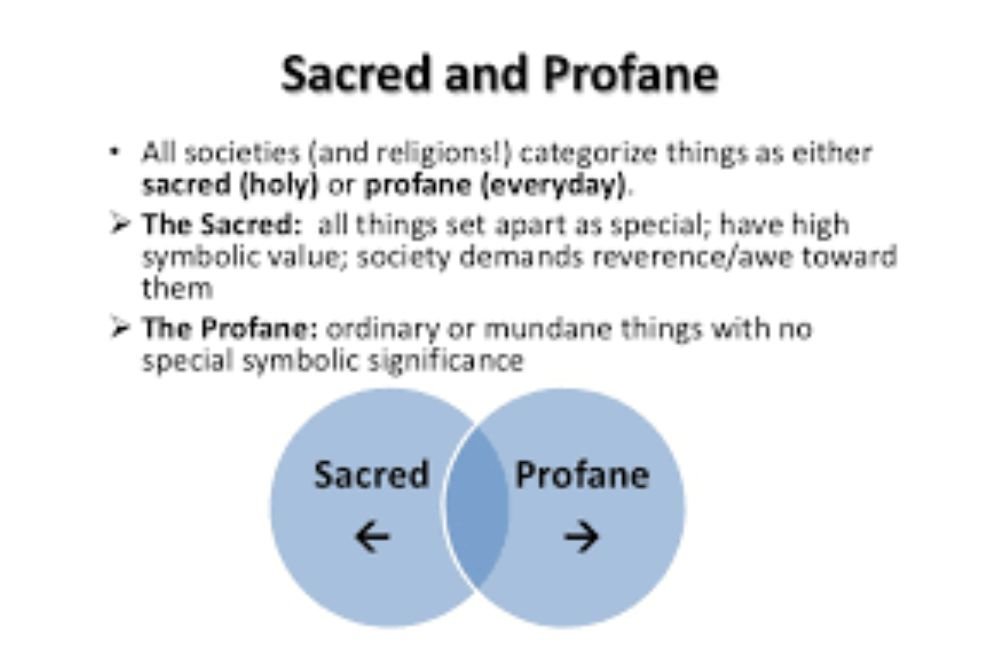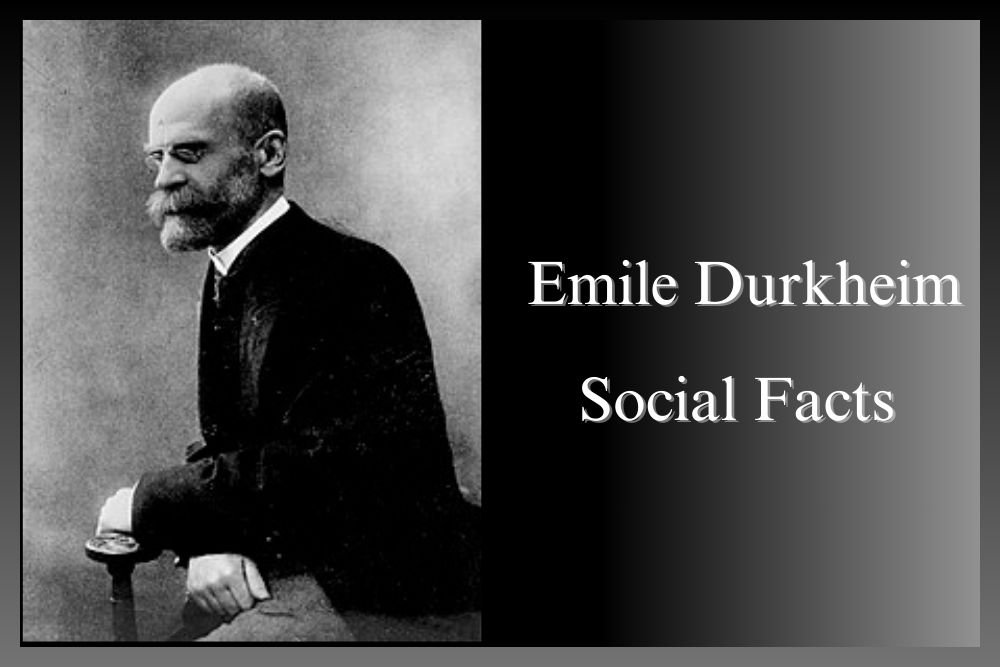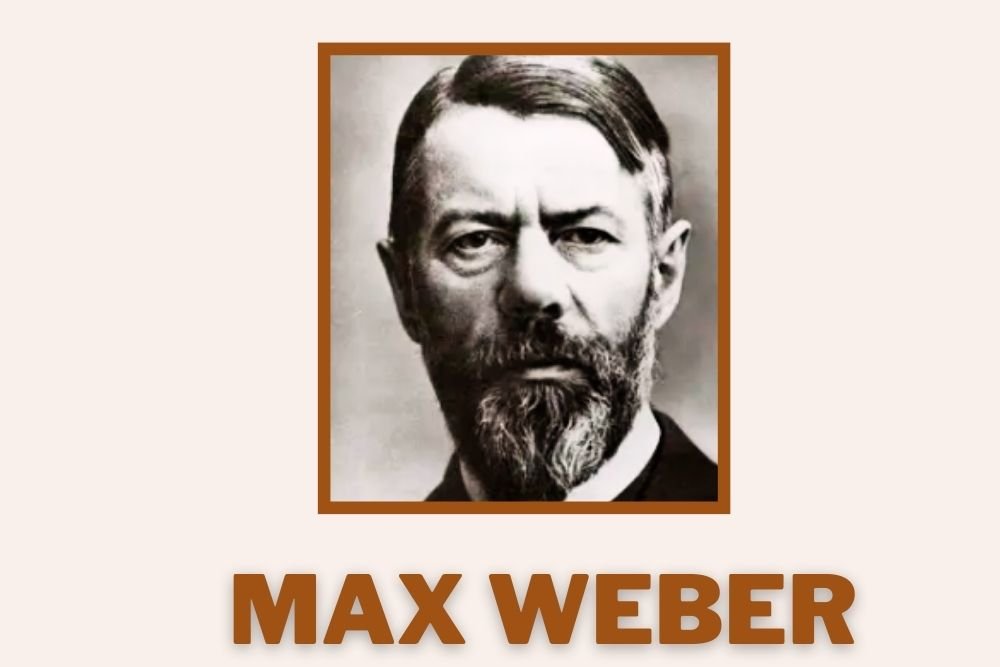
In the vibrant and ever-evolving field of sociology, the strategic and nuanced application of diverse data collection techniques stands as the bedrock for unraveling the intricate layers of social phenomena. As researchers delve into the expansive realms of human behavior, societal structures, and cultural dynamics, the careful selection and adept implementation of these methodologies not only enhance the comprehensiveness of sociological research but also contribute significantly to the refinement and evolution of the discipline itself.
One of the pivotal and widely employed techniques within the sociological toolkit is the methodical use of surveys. Rooted in the quantitative tradition, this approach owes much to the groundbreaking insights of trailblazing scholars like Emile Durkheim. His magnum opus, "The Rules of Sociological Method," serves as a guiding light, emphasizing the instrumental role of statistical analyses derived from surveys in deciphering patterns and correlations within the intricate fabric of social behavior. The widespread utilization of surveys across various sociological inquiries attests to its versatility and effectiveness in capturing quantitative data on a large scale, providing a macroscopic view of societal trends and attitudes.
Complementing the quantitative domain, the technique of interviews introduces a qualitative dimension to sociological data collection. The emphasis on an interpretative understanding of social actions, as championed by the eminent Max Weber, finds profound resonance in the realm of qualitative research. In-depth interviews, as endorsed by influential sociologists like Erving Goffman in "The Presentation of Self in Everyday Life," offer a nuanced exploration of individual experiences and perspectives. This method not only enriches the depth of sociological inquiry but also provides a dynamic platform for the amplification of diverse voices within society. Through the art of storytelling, interviews unravel the complex narratives woven into the fabric of social life, shedding light on the subjective experiences of individuals.
Venturing beyond the structured confines of surveys and interviews, the immersive approach of participant observation remains a cornerstone of qualitative research. Anthropologists like Bronisław Malinowski pioneered this methodology, emphasizing the necessity for researchers to actively engage in the daily lives of subjects. This experiential approach, later embraced by sociologists such as Howard S. Becker in "Outsiders: Studies in the Sociology of Deviance," transcends the limitations of detached observation, allowing for a more holistic understanding of social phenomena. Participant observation immerses researchers in the lived realities of their subjects, providing valuable context and insights that traditional methods might overlook.
In the contemporary digital age, the emergence of big data analytics has ushered in a new era in sociological research. Scholars, taking cues from the insightful work of Manuel Castells in "The Rise of the Network Society," explore the profound implications of the digital era on social structures. Through the harnessing of vast datasets from online platforms, sociologists can dissect virtual interactions, providing unprecedented insights into the intricate dynamics of modern social life. This evolving methodology reflects the discipline's adaptability in the face of technological advancements, offering a lens into the ways in which digital spaces shape social interactions, identities, and power dynamics.
Another indispensable technique, content analysis, draws inspiration from the foundational ideas of Karl Mannheim regarding the sociology of knowledge. This meticulous examination of written or visual material allows sociologists to discern underlying social patterns. Mannheim's influential work, "Ideology and Utopia," lays the groundwork for understanding societal ideologies embedded in media, literature, or visual arts. Content analysis, through its systematic scrutiny of cultural artifacts, unveils the symbolic meanings and representations that contribute to the construction of social reality.
Furthermore, the lens of historical research serves as a powerful tool, enabling sociologists to trace societal changes over time. Scholars, inspired by the insights of figures like Norbert Elias and his seminal work "The Civilizing Process," scrutinize historical documents to unravel the intricate evolution of social norms and manners. Historical research provides a contextual understanding of the present by exploring the roots and trajectories of social phenomena. By tracing the historical contingencies that shape contemporary social structures, sociologists gain a deeper appreciation for the complex interplay between continuity and change.
In the pursuit of comprehensive and holistic data, the principle of triangulation emerges as an overarching methodology, as advocated by eminent figures such as Denzin and Lincoln in "The SAGE Handbook of Qualitative Research." This approach strategically combines multiple methods, mitigating the inherent limitations associated with any singular technique. The triangulation of data sources enhances the robustness of sociological findings and fosters a more nuanced interpretation of complex social dynamics. By integrating diverse perspectives and methods, triangulation enhances the validity and reliability of sociological research, offering a more comprehensive understanding of the social world.
In conclusion, the nuanced selection and adept application of data collection techniques represent not just a methodological approach but a continual dialogue between sociologists and the diverse landscapes they seek to understand. From surveys championed by Durkheim to participant observation endorsed by Malinowski, each method contributes uniquely to the rich tapestry of sociological knowledge. As scholars continue to innovate in this dynamic field, the evolving landscape of data collection techniques remains integral to unraveling the complexities inherent in the study of human societies. The seamless integration of these varied approaches ensures that sociological inquiry continues to thrive and adapt to the ever-changing landscapes of human experience and interaction. In embracing the diversity of methodologies, sociologists reinforce their commitment to capturing the multifaceted nature of societies across time and space, enriching the discipline with a more nuanced understanding of the intricacies that define the human social experience.










































































